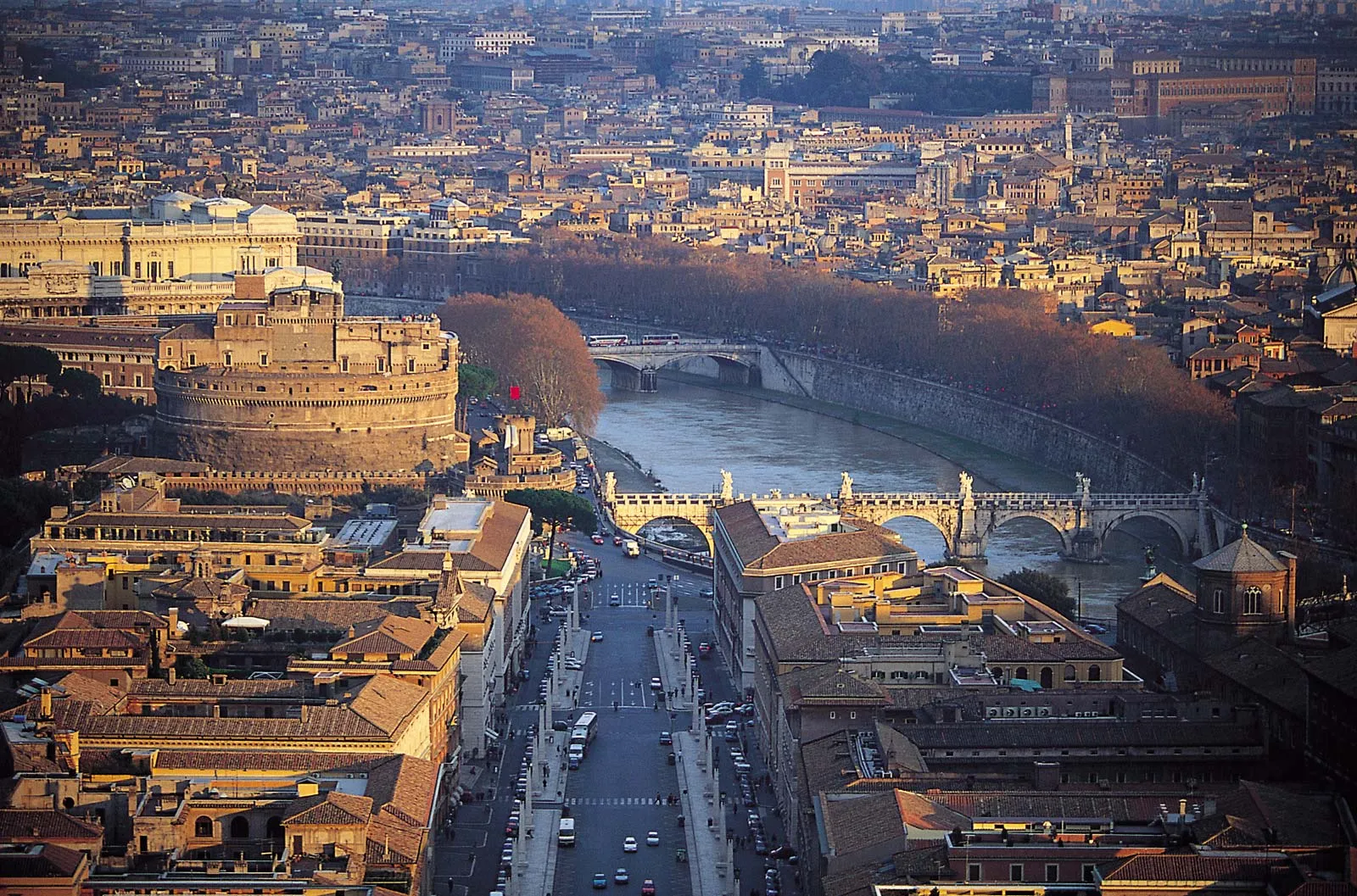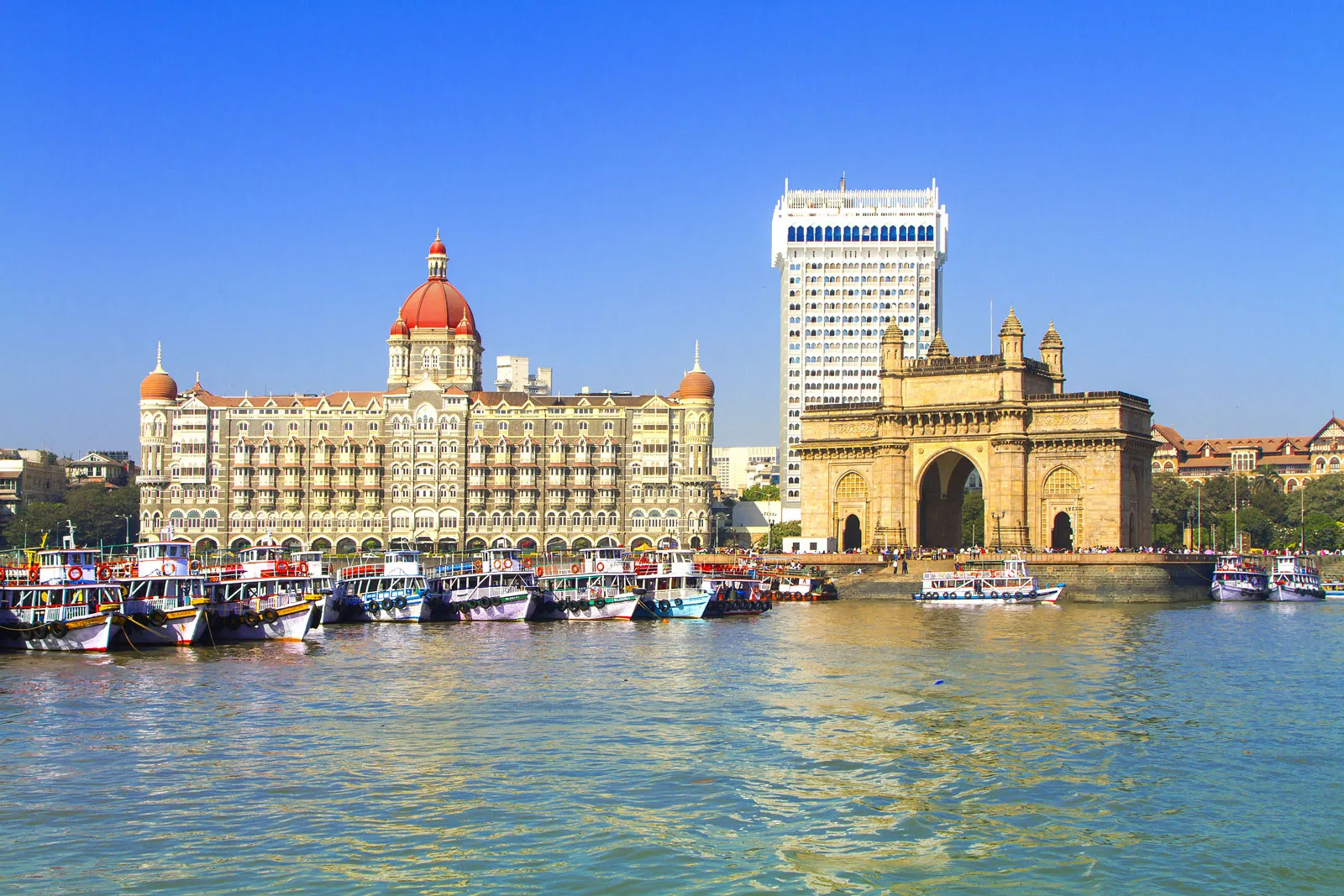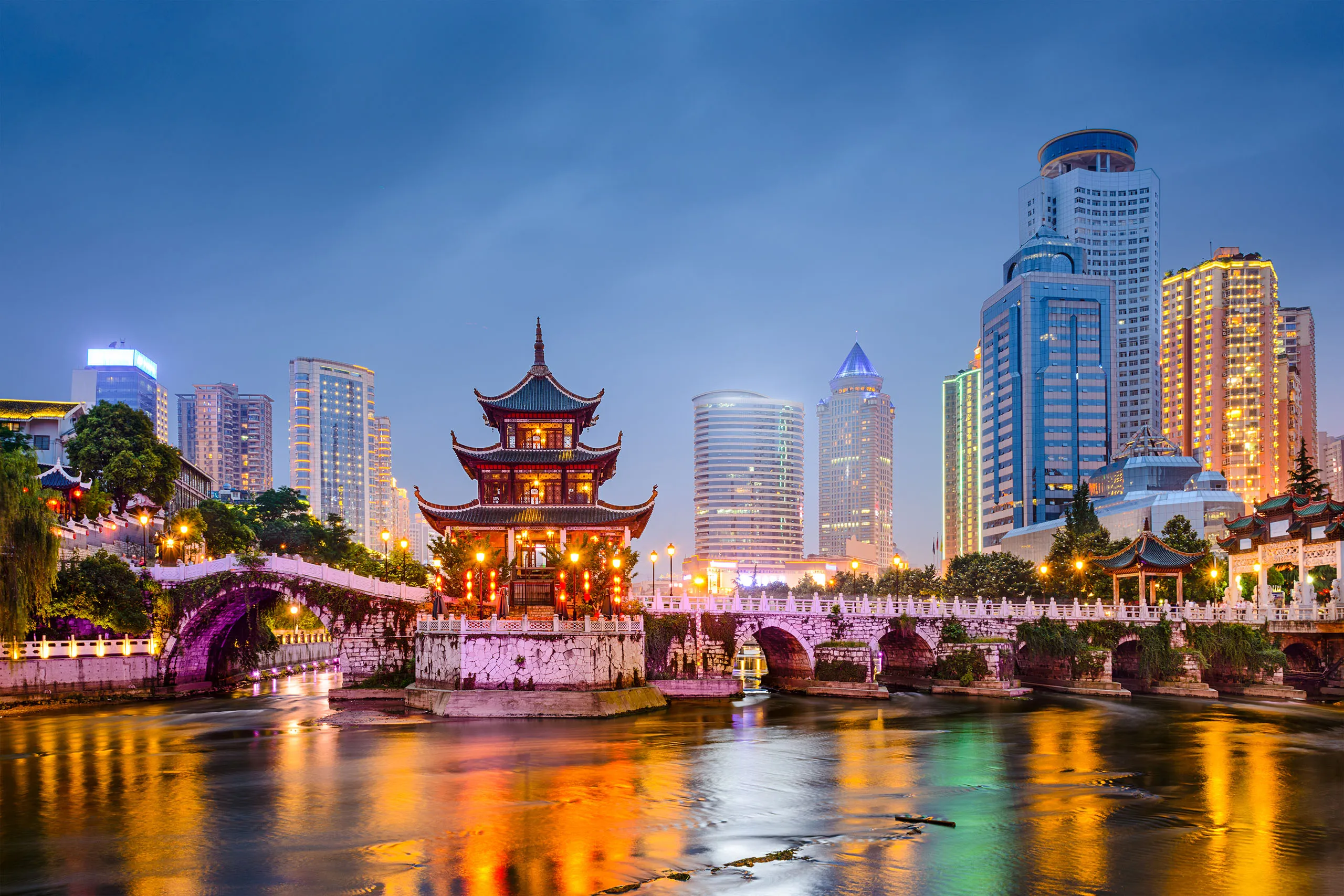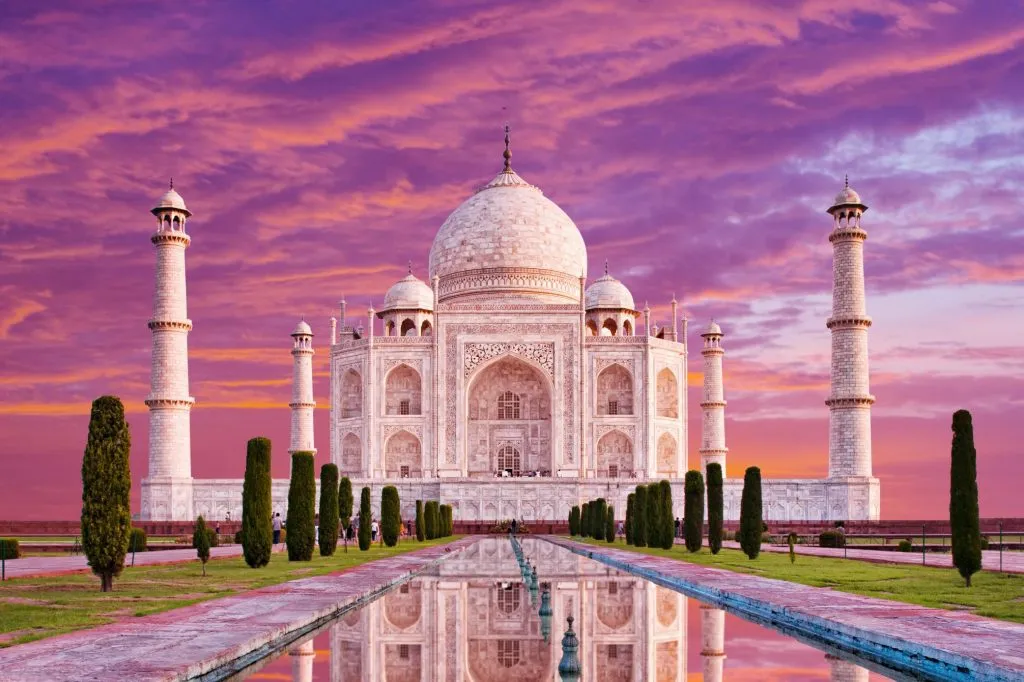
WEBP vs JPEG: The Battle of Image Compression
Two widely used formats, WEBP and JPEG, each offer distinct advantages and are often compared for their suitability in different scenarios. In this blog, we'll delve into the differences between WEBP and JPEG formats, exploring their features, benefits, and use cases to help you make informed decisions for your image optimization needs.
Understanding WEBP and JPEG:
Before we delve into the comparison, let's briefly introduce WEBP and JPEG formats.
WEBP:
WEBP is a modern image format developed by Google, designed to provide superior compression efficiency while maintaining high visual quality. It supports both lossy and lossless compression, as well as transparency and animation, making it a versatile option for a wide range of applications, including web graphics, digital photography, and animated images.
JPEG:
JPEG, short for Joint Photographic Experts Group, is one of the most widely used image formats, known for its efficient compression algorithm and broad compatibility. It's a lossy compression format optimized for photographs and complex images, offering adjustable compression levels to balance file size and image quality.
Comparison of WEBP and JPEG:
Compression Efficiency:
WEBP: Utilizes advanced compression techniques such as predictive coding and entropy coding to achieve superior compression efficiency compared to JPEG, especially for images with areas of uniform color or transparency.
JPEG: Employs a standard compression algorithm optimized for photographic images, offering good compression ratios while preserving acceptable visual quality. However, it may produce larger file sizes compared to WEBP for similar quality levels.
Image Quality:
WEBP: Provides excellent image quality at smaller file sizes, making it ideal for web applications where fast loading times are essential. It supports both lossy and lossless compression modes, allowing users to balance compression efficiency with visual fidelity.
JPEG: Offers good image quality for photographic images but may exhibit compression artifacts, especially at lower quality settings. It's well-suited for photographs and complex images where preserving fine details is crucial.
Transparency and Animation:
WEBP: Supports alpha channel transparency, allowing for smooth blending of images with different backgrounds. It also enables animation through the VP8 or VP9 video codecs, making it suitable for animated graphics and banners.
JPEG: Does not support transparency or animation, limiting its use in applications requiring these features. It's primarily used for static images and photographs.
Browser Support:
WEBP: Widely supported by modern web browsers, including Google Chrome, Mozilla Firefox, and Microsoft Edge. It's gaining popularity due to its superior compression efficiency and support for advanced features.
JPEG: Universally supported by virtually all web browsers and image editing software. It's a standard format for web images and remains the go-to choice for most photographic content.
Best Use Cases:
WEBP: Recommended for web graphics, digital photography, animated images, and applications where fast loading times and superior compression efficiency are paramount.
JPEG: Suitable for photographic images, complex graphics, and situations where broad compatibility and acceptable image quality at smaller file sizes are required.
Conclusion:
In the ongoing battle of image compression formats, WEBP and JPEG each offer unique strengths and applications. WEBP excels in compression efficiency, transparency, and animation support, making it an excellent choice for modern web development and multimedia applications. On the other hand, JPEG remains a reliable option for photographic images and situations where broad compatibility and acceptable image quality are essential. By understanding the characteristics and capabilities of both formats, you can choose the most suitable option for your specific needs and achieve optimal results in your image optimization endeavors.






